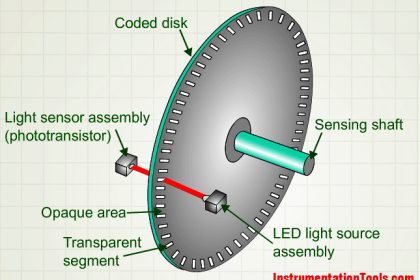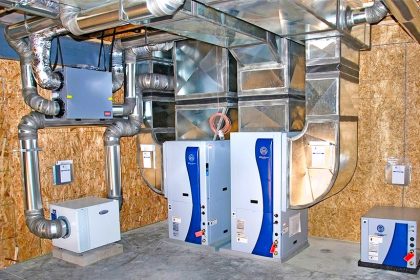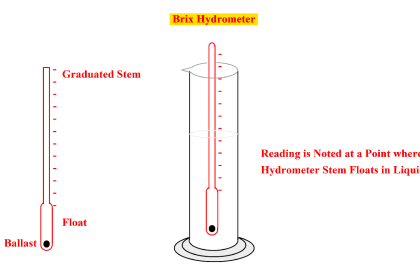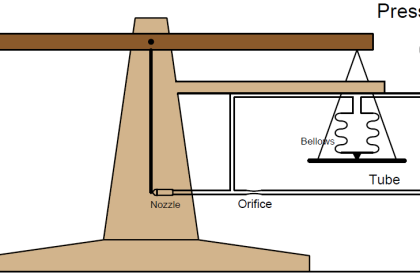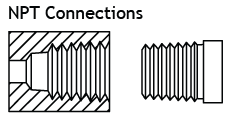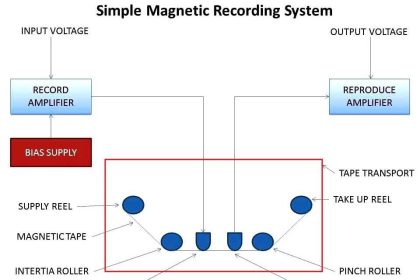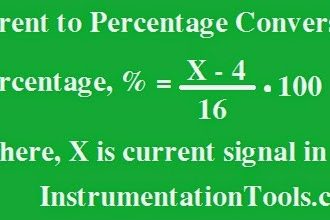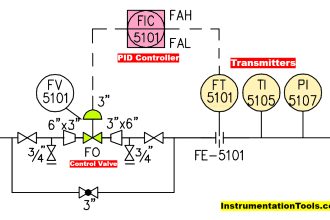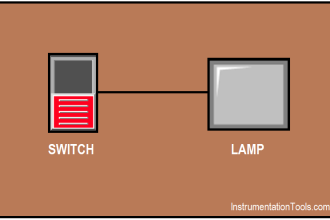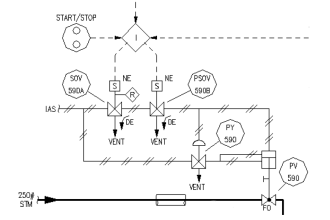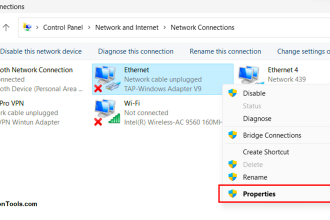The power from the sun captured by the Earth is approximately equal to 1.8 x 10 11 MW which is considered to be several thousands of times larger than the energy consumption rate on earth from all commercial sources. But this environmentally clean source of energy which is freely available has the main disadvantage of being a dilute source.
Solar Technology
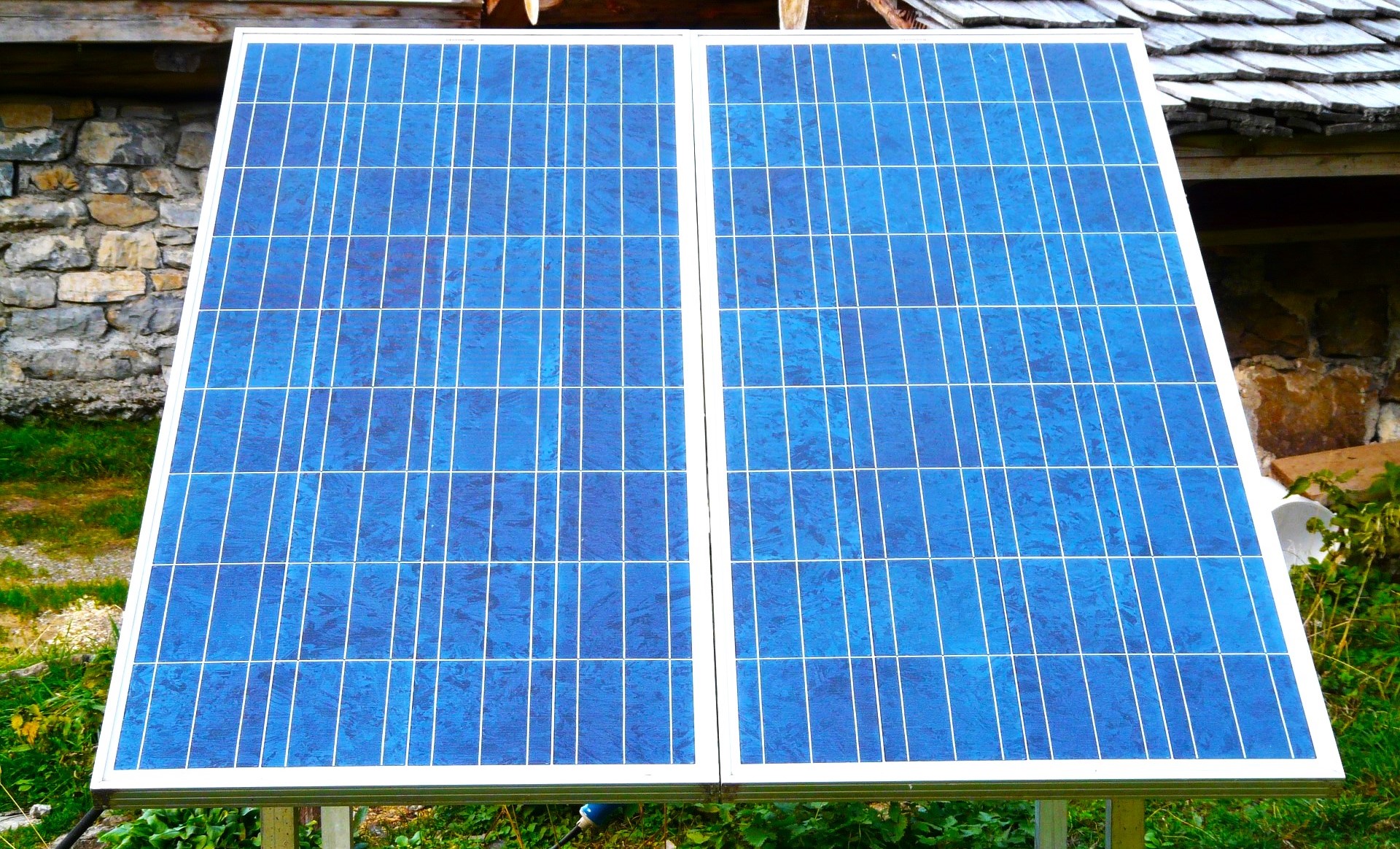
Also, the availability of solar energy varies from day and night time and depends on the season also it is changing so this solar energy is collected and used immediately during the sun shines or can be stored for later use.
So, there must be some investment required for efficient collection and storage, which constitutes the major cost of this energy. For low-temperature applications, we can use the basis of solar thermal devices which convert solar energy into heat directly and we can engage them into a working medium.
However, the solar photovoltaic system permits the direct conversion of solar energy into electricity which can be used for lighting, and water pumping.
Solar Thermal Conversion Principles
This solar energy needs to be converted for the application usage purpose. It undergoes some principles and discussed below.
The Solar Radiation
The sun is a large sphere of hot gases and is like an energy source at a temperature of 5762K and is about 1.5 x 108 km away from the earth. The solar radiation is spread as ultraviolet visible light and infrared waves.
The infrared waves can be felt as heat. The solar radiation received at the earth’s surface is partly attenuated, reflected, and scattered by the atmosphere.
Only 1/4th to 1/5th of the radiation will reach the earth without changing its direction and this part of radiation is known as diffuse radiation.
Solar Collector
The diffused radiation needs to be collected for conversion purposes. These radiations fall on a transparent flat plate made of glass or plastic, depending on the angle made by the beam radiation with the plate and the nature of the flat plate materials, part of the radiation gets reflected and part of it passes through it.
The energy in the radiation that passes through the flat plate can be collected by any radiation-absorbing medium immediately and this medium in turn gets heated. There are three types of solar collectors were used for collecting the radiation.
Depending on the temperature range it gets classified. Flat Plate type can be used for low-temperature modules (up to 150℃). In this Flat type, solar energy is absorbed directly on a surface with no concentration.
The next type is the Linear Focus type which carries up to 300 ℃, radiation in the linear focus is concentrated on a line by means of parabolic through mirrors or lenses.
Energy is absorbed on the surface of a blackened pipe and is transferred to fluid passing through the pipe. While collecting the radiation it must track the sun at least in one dimension.
The last one is the central focus which can be used in the application range up to 1000℃. The central focus type has a large number of nearly flat mirrors reflected. Solar energy acts as a focal point that can be collected and used for the application.
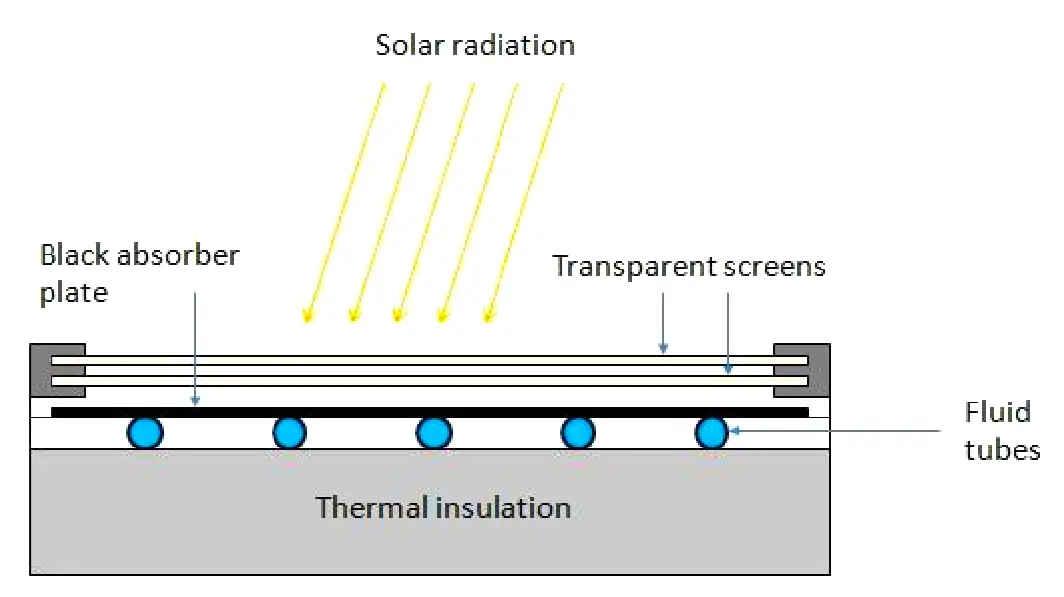
Fig 1: Flat-Plate Collector
Absorption of radiation and conversion to thermal energy
A solar thermal device has a black painted surface because a black body is the most efficient absorber of radiation. By this solar radiation of different wave lengths gets converted into heat.
A working fluid is in close contact with the blacked surface which can take this heat and the temperature increases can be used for cooking, drying, and distillation. The temperature reached will depend on the heat capacity and mass of the working fluid.
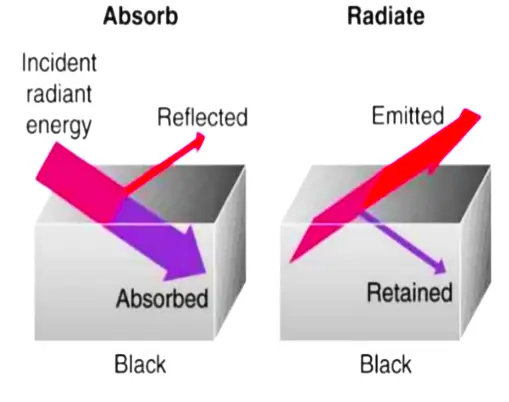
Fig 2: Absorption of Radiation
Collection and storage of Thermal Energy
The flat plate collector is the most important type of solar collector because it is simple in design and has no moving parts. It can be used for a variety of applications in which temperatures ranging from 40℃ to about 100℃ are required.
The simple flat plate collector consists of an absorber plate on which the radiation falls through transparent covers. The absorbed radiation is partly transferred to a liquid flowing through tubes which are fixed to the absorber plate or are integral to it.
The rest of the radiation absorbed in the absorber plate is lost by convection and re-radiation to the surroundings from the top surface and conduction through the backside and the edge helps in reducing the conduction heat loss.
This principle is used in solar cookers, solar dryers, and solar waters. When temperatures higher than 100℃ are needed, it becomes necessary to concentrate the radiation. This can be generally achieved by parabolic concentrating collectors.
The parabolic type reflector which has a point focus, requires two axes tracking so that the sun is in line with the focus and the vertex of the parabolic. One of the major problems associated with the utilization of solar energy is its variability.
So, because of this, it requires a storage system. Energy stored may be in the form of thermal, electrical, mechanical, or chemical. Thermal energy can be stored as sensible heat or latent heat.
Sensible heat storage is usually done in an insulated container containing liquid like water or porous solid like stones. This storage only acts as a buffer between the collection system and the application.
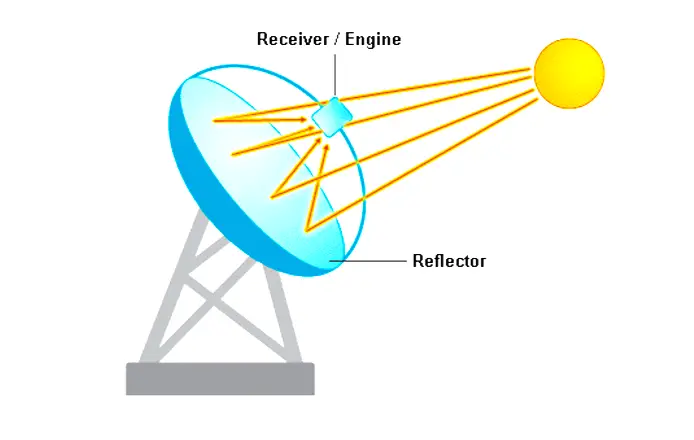
Fig 3: Parabolic Concentrating collector
Solar Photovoltaic Cells
Light to Energy Conversion:
In Photovoltaic conversion, the solar radiation falls on devices called solar cells which convert sunlight directly into electricity.
The main advantage of using solar cells is that besides directly producing electricity, they require little maintenance and work satisfactorily with both beam or diffuse radiations. High cost of production in the future this may become one of the principal sources of electrical power for localized users.
The solar cells commercially available are made up of silicon wafers. For example, the top layer may be 0.2µm thick, n-type silicon on the 300 µm thick p-type silicon: thus, forming a shallow n-type junction at a depth of 0.2 µm Ti-Ag metal electrodes are attached in the form of a metal grid with fingers on the front or top side so the sunlight goes through.
On the back side, the electrode completely covers the surface. An antireflection coating of silicon oxide having a thickness of 0.1 µm is also put on the top surface.
When solar radiation falls on a cell, the electron-hole pairs are created by the absorption. These are separated because of the p-n junction. The direct current was produced which will be collected by the metal electrodes and flows to an external load.
Silicon cell’s conversion efficiency range was between 10 to 15%. These solar cells are joined in series and parallel to form a solar panel. The panels must be oriented as close as possible to produce a greater output.
These panels are kept in the angle of slope for a solar-electrical installation should be roughly that of the latitude of that place.
These solar panels supply direct current and the complete system must contain a diode to block reverse current and prevent the battery from discharging after sunset. Fuses must be fitted between the battery and the user circuit.
In most commercial systems, the packages include an electronic circuit. This full setup makes the solar panel an effective output and also prevents it from the uneven effects of the heat and current.

Fig 4: Photovoltaic Cells working
Factors affecting the output of a PV module
Following are the factors affecting the output of a PV module are:
- Different type of solar photo voltaic modules used also affects the efficiency of the solar panels. Different types of manufacturers and different installation methods can affect the output of the photovoltaic cell.
- Solar irradiation is also one of the factors which affect the output. Solar panels work with the amount of sunlight and not heat from the sun. The greater the sunlight incident on the panels, the higher the efficiency if it is lower the output efficiency will also be lower.
- Solar panel shading is one of the factors that affect the output and efficiency of solar panel systems.
- In designing a system, the temperature of the surrounding is usually considered for the choice of solar panels. The installation should position the panels in a way that there is sufficient airflow to induce natural cooling.
- Irregular maintenance will also decrease the efficiency of the output. The presence of dust and dirt on the panels needs to be cleared on a regular basis.
